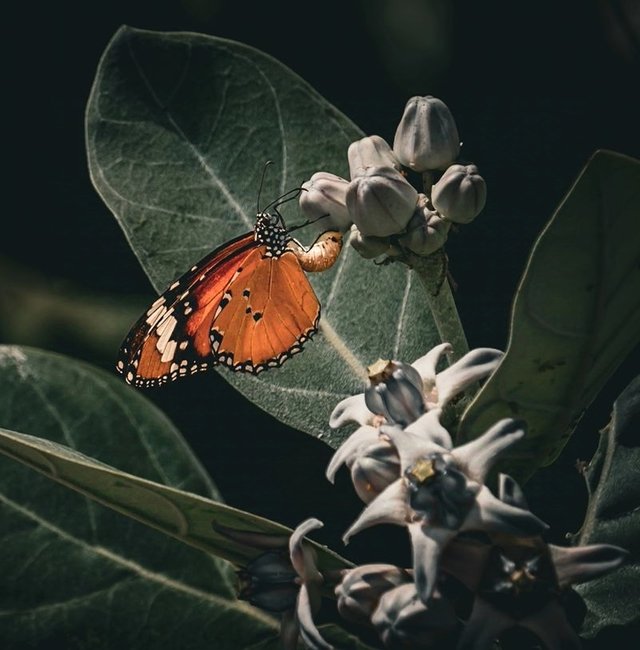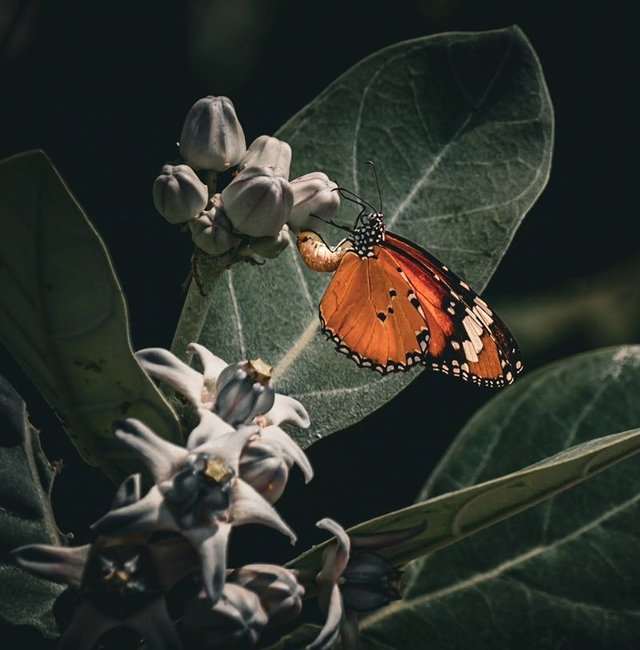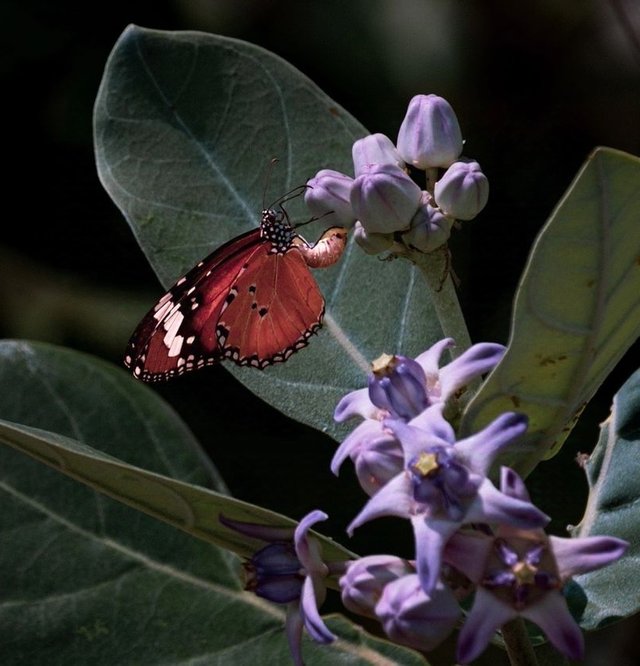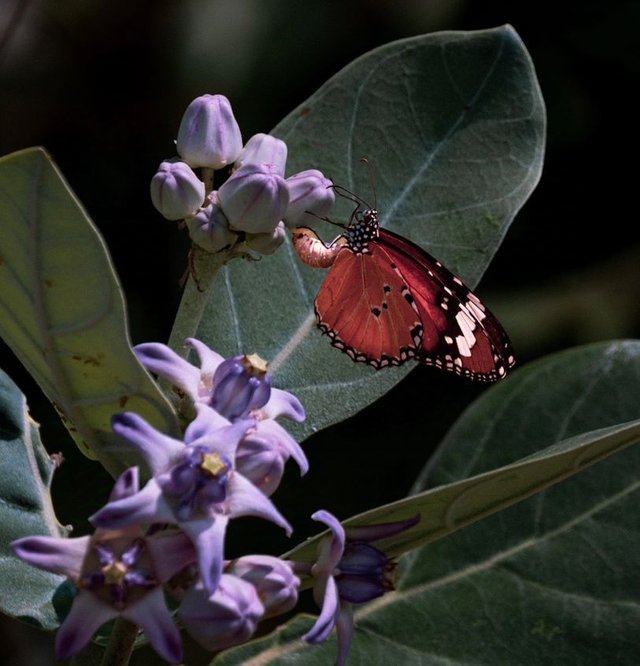So Beautiful Butterfly and Flower
Butterflies are one of nature's most enchanting creatures, often admired for their vibrant colors, delicate wings, and graceful flight. These winged insects are not only visually stunning but also serve as important contributors to the ecosystems they inhabit. From their fascinating life cycle to their crucial role in pollination, butterflies are a remarkable subject of study and admiration.
The Life Cycle of a Butterfly
A butterfly’s life begins in an extraordinary metamorphosis, a transformation that has fascinated scientists and nature lovers alike for centuries. The butterfly goes through four distinct stages:
Egg Stage: The journey begins when a female butterfly lays her eggs on the leaves of a host plant. These eggs, often tiny and barely visible to the naked eye, are usually attached to plants that will provide food for the emerging caterpillar.
Larva Stage: After a few days or weeks, depending on the species, the eggs hatch into larvae, commonly known as caterpillars. In this stage, the caterpillar’s main job is to eat as much as possible to fuel its rapid growth. Caterpillars feed voraciously on plant leaves, often doubling their size several times over during this phase. As they grow, they molt their exoskeletons multiple times, allowing them to increase in size.
Pupa Stage: Once the caterpillar has grown sufficiently, it enters the pupal stage, forming a chrysalis around itself. Inside this seemingly dormant casing, an incredible transformation occurs. The caterpillar’s body breaks down into a soup of cells, which reorganize to form the wings, antennae, and body of the adult butterfly. This process can take days or even months, depending on the species and environmental conditions.




